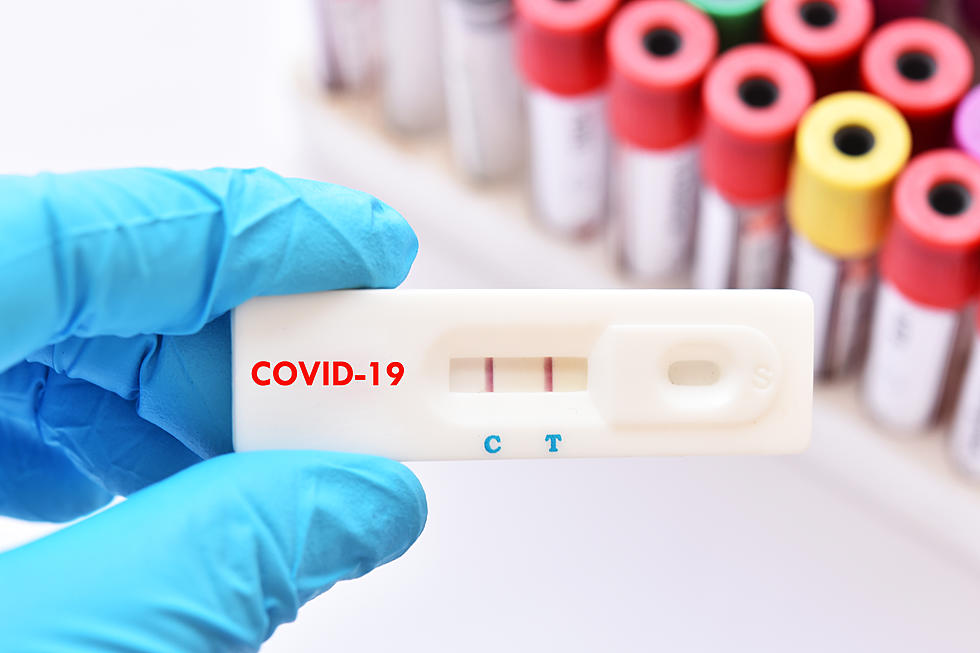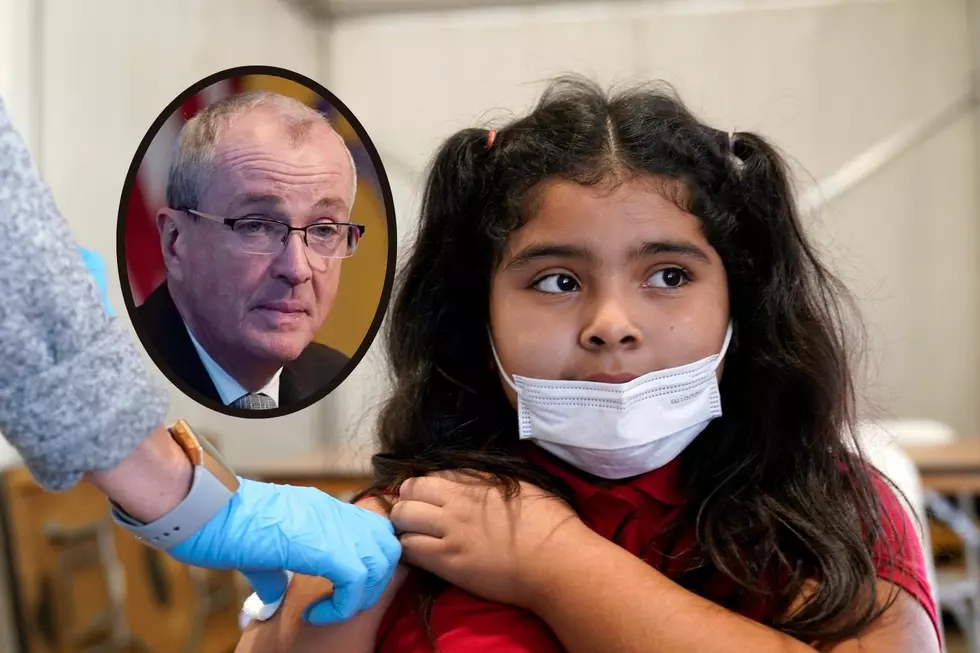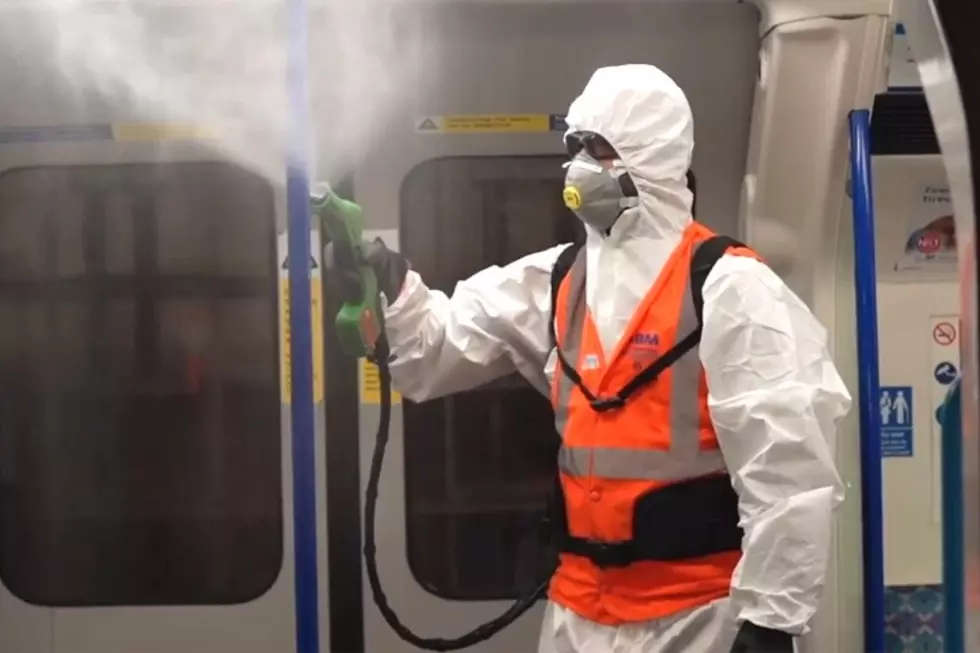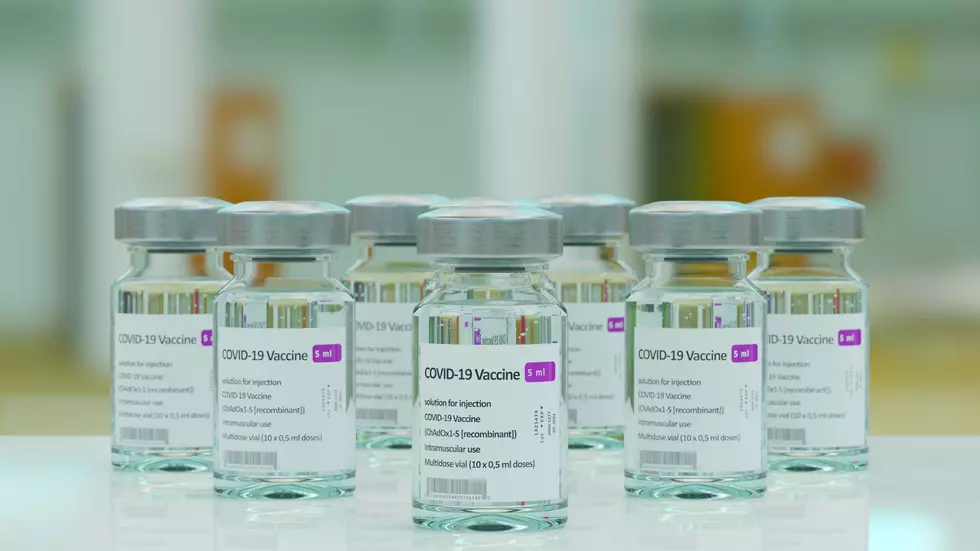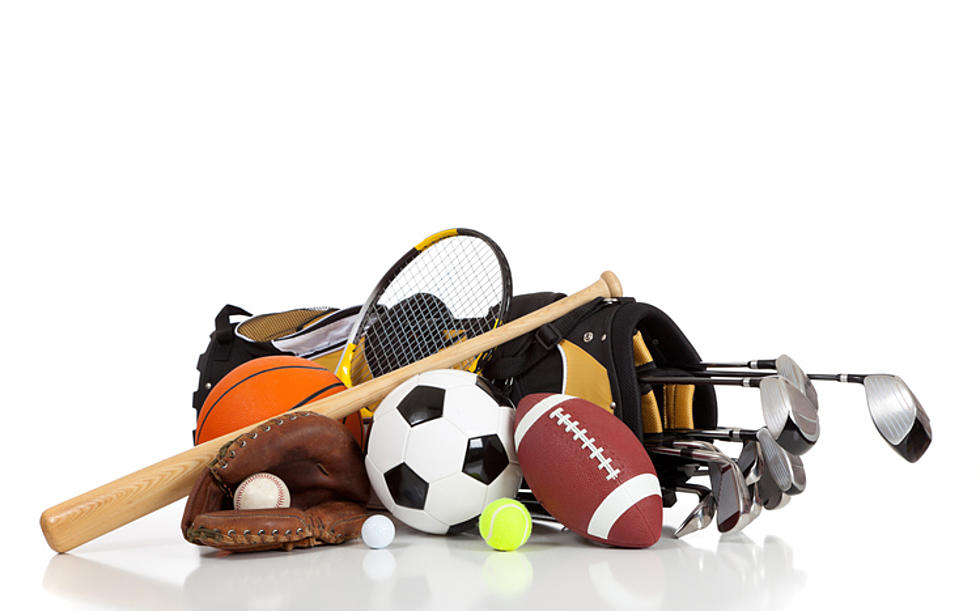
National Federation of High Schools releases guidelines for opening up high school sports

Up until the day New Jersey Governor Phil Murphy announced that all N.J. schools would close for the 2019-20 year due to the COVID-19 pandemic, the NJSIAA maintained its commitment to providing a spring sports season if there was an opportunity.
Beyond the sports season being attached to the reopening of schools, the greatest challenge according to most administrators, coaches and athletic trainers was the lack of guidelines for moving forward and the liabilities that would come with moving forward without them.
On Tuesday, the National Federation of High School Sports finally laid out guidelines for restarting sports in the fall, including practices in the summer.
The 16-page press release includes a three-phase plan to resume high-school athletics and other extracurricular activities, but is still dependent on state and local laws and protocol - particularly in the group of "higher-risk" activities that includes football.
The Three Risk Tiers
The release separates sports into three risk categories, with football, wrestling, boys lacrosse, competitive cheer and dance considered the "higher-risk" sports that will be most restricted by the guidelines set forth during the three-part phase-in.
Football coaches may have a work-around built in for summer practices thanks to the provision considering 7-on-7 football a "moderate risk" activity, along with basketball, soccer, ice hockey, field hockey, girls lacrosse, swimming relays, water polo and crew with two or more rowers in shell.
Baseball, softball, volleyball, tennis and gymnastics, as well as the pole vault, high jump and long jump events under the track-and-field umbrella, are also considered moderate risk but could be classified as "low risk" if the equipment is appropriately cleaned and participants use masks. In the case of gymnastics, equipment would have to be sufficiently cleaned between use by each competitor in order to qualify as low risk.
The "low-risk" group includes individual running and throwing events in track and field, cross country running (with staggered starts), golf, individual swimming, weightlifting, sideline cheer, alpine skiing and single sculling.
The Early Phases
Each phase of the plan requires thorough cleaning of equipment, an abundance of hand-sanitizer, no sharing of water bottles, showering at home and social distancing that follows the guidelines of the CDC and health department of the state in question.
The first two phases would require screenings before each practice that includes temperature checks, the results of which are to be recorded daily. Players and coaches considered to be "vulnerable individuals" (65 years old and older and others with serious underlying health risks listed by the CDC) are not to participate during the first two phases of the plan.
All sports would face the same restrictions during Phase 1, although the nature of the higher and moderate risk sports would limit the scope of practices during that phase. Among the most noteworthy restrictions during Phase 1 is that teams would not be able touch the same piece of equipment without first sanitizing it, which would prevent the passing of a ball in sports like basketball, football, baseball, soccer or volleyball. The release specifically noted players shooting their own basketball or batting practice with one pitcher and no catcher would be within the guidelines.
Other restrictions in phase one include no gatherings of more than 10 people, no use of the locker room and no weight room exercises that require a spotter.
In both Phase 1 and Phase 2, athletes would be broken up into "pods" of 5-to-10 participants within practices and hydration stations would not be permitted. Each person would be expected to use their own bottle. These pods would be expected to contain the same participants in each practice in order to limit the exposure in case someone were to test positive.
The NFHS also recommends athletes wear masks during Phases 1 and 2 when not performing strenuous, aerobic activity.
Some "Normal" Practices Return in Phase 2
Phase 2 would grant low-risk sports clearance to start normal practices and competitions. Outside gatherings, meanwhile, would be expanded to allow for up to 50 people while indoor gatherings would still be limited to 10 with locker rooms also opened up with social-distancing of at least six feet in place.
Moderate-risk sports could also begin modified practices in Phase 2. Balls and other frequently-used equipment would have to be cleaned intermittently and the pod-system (with 5-to-10 in each pod) would still be in use. Weightlifting requiring a spotter would be permitted, but spotters must be positioned at the ends of the bar rather than in close proximity to the lifter.
High-Risk Sports Return, But Limited
In Phase 3, moderate-risk sports could begin something resembling normal practices and competition, with gatherings of 50 permitted both outside and inside. Moderate-risk and lower-risk sports would also no longer have to do a full pre-practice screening. Participants with a fever or cold-like symptoms within 24 hours of practice or competition would not be permitted to participate and attendance would be taken before each practice or competition.
Vulnerable individuals would also be cleared to resume participation in Phase 3 with physical distancing measures. Hydration stations would also be permitted in Phase 3 provided they are thoroughly cleaned after each practice or competition.
During Phase 3, higher-risk sports will finally be cleared to resume modified practices and would be required to use the pre-practice screening guidelines from Phases 1 and 2.
*A table illustrating the protocols for each phase can be found at the bottom of this story.*
New Protocols Will Stretch Limited Budgets
The NFHS also stressed physical distancing on sidelines, benches, dugouts and buses. With distancing mandated to extend to buses, Monday's press release acknowledged the likelihood that multiple buses would likely be required, which could exacerbate transportation scheduling issues that already existed for many schools and districts.
There is also a paradox related to athletic trainers: few positions within an athletic department would be more crucial in executing this plan and yet those are positions that could be eliminated as state and local governments begin to face the financial weight of the current crisis.
"Given the coming financial crisis at the state and local levels, the NFHS SMAC fears that athletic trainer positions will be seen as a 'luxury' and those positions will be at risk during the budgeting process," the release said. "It is also assumed that athletic trainers supplied to high schools by hospitals and sports medicine clinics are also at risk as many medical clinics and hospitals have suffered severe revenue loss during the pandemic."
Spectators May Have to Wait
Finally, the permission of spectators to attend games will be based on the state's restrictions on public gatherings at the time. The NFHS lays out three tiers of attendees for high-school events.
Tier 1 is considered "essential" and includes athletes, coaches, officials, medical staff, event staff and security. Tier 2 is considered "preferred" and includes media personnel. Tier 3 is considered "non-essential" and includes all spectators and vendors.
According to the release, Tiers 1 and 2 will be permitted to attend events when they first begin but Tier 3 will not be permitted until restrictions on mass-gatherings are lifted.
Risks Remain
The caveat attached to the NFHS plan is that all provisions are intended to operate within the bounds of state and local law and protocol and New Jersey remains the second-hardest-hit state by COVID-19, behind New York. Other states are likely to proceed with the initial phase before N.J. and there could be areas within the state that are not prepared to start when others are.
The release points out that school closures and isolation periods spanning two-to-three weeks are likely to be part of the process, although some of the more important measures will be determined by state and CDC guidelines. Testing regimens, guidelines on mass gatherings and responses to positive COVID-19 tests will come from those state and federal bodies.
Because any schedule would still be volatile, the NFHS is recommending competition be limited to opponents the are in close proximity to one another early in the season - both in mitigating risk of exposure and in making it easier to reschedule in the event of a postponement.
KEEP READING: See how sports around the world have been impacted by the coronavirus
More From Beach Radio
